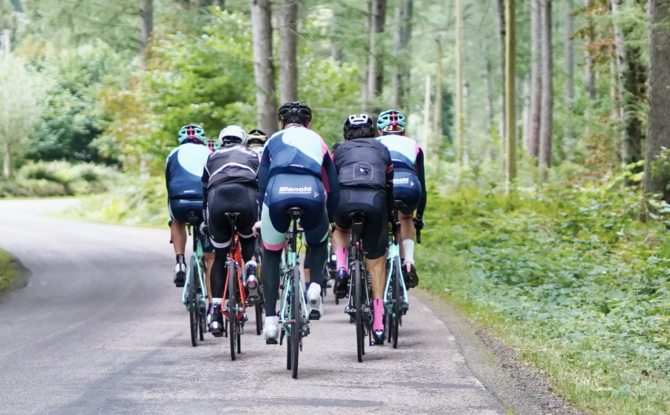From OutsideOnline.com
These biking accessories and tools will help you work smarter, not harder, on two wheels
From mid-ride hydration mixes to ride-saving tools to simple storage solutions, we’ve gathered a selection of the best bike accessory needs and wants to make the most of your next ride. Looking for a new kit that will keep you airy and comfy over hundreds of miles? An activity tracker that delivers real-time ride data? A handheld massage tool for post-ride recovery? You’ve come to the right place.
At a Glance
- Speedsleev Saddle Bag ($40)
- Whoop 4.0 Activity and Recovery Tracker ($215)
- Feedback Sports Mounting System ($40)
- Craig’s Tool Multitool ($60)
- Roll Recovery Deep Tissue Massage Tool ($169)
- Q36.5 Jersey ($264) and Bib ($383)
- Garmin Solar GPS ($450)
- Oakley Sphaera Sunglasses ($281)
- Tailwind Nutrition Rapid Hydration Drink Mix ($19)
- How We Test
- Meet Our Lead Tester
Image courtesy of SpeedSleev






